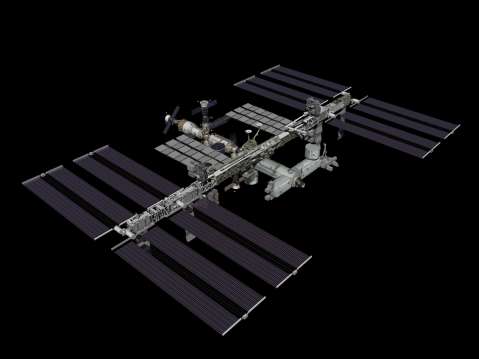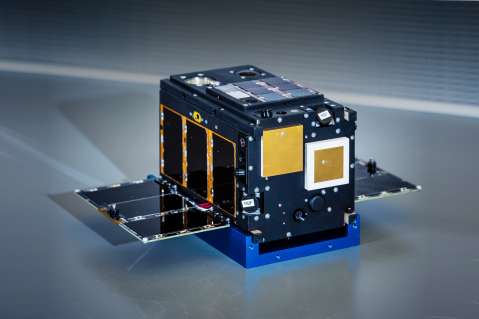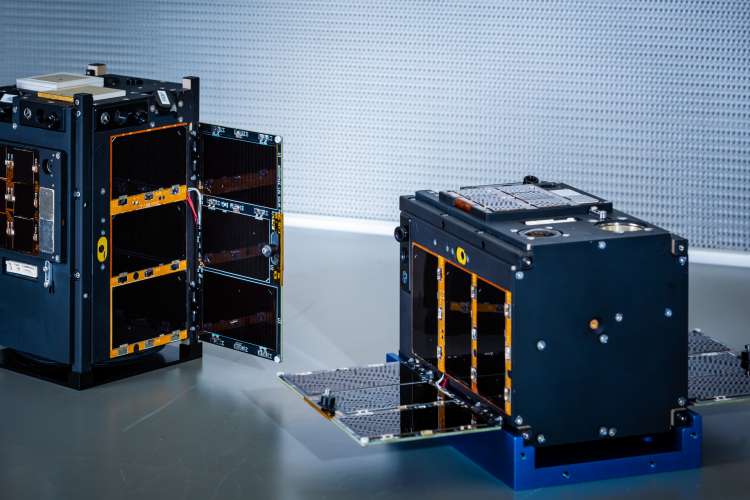When strong and timely software expertise cannot be acquired through the contractor base or through the NASA center technical staff, The Aerospace Corporation has been called upon to create and/or augment technical teams that work seamlessly with our customers to design, implement and test software for flight and ground systems. We have developed this broad expertise by supporting various projects and programs, including our CubeSat missions (AeroCubes), for which Aerospace designs and implements flight software. Our engineers also emulate and validate flight systems for launch vehicles in our software-in-the-loop/hardware-in-the-loop laboratory.
Case Study: NASA Orbiting Carbon Observatory Project
Aerospace has provided direct support to NASA’s Orbiting Carbon Observatory Project (OCO-3), a NASA-JPL instrument designed to measure carbon dioxide in Earth's atmosphere. Mounted upon the Japanese Experiment Module-Exposed Facility on board the International Space Station (ISS), the instrument identifies sources and sinks of carbon dioxide in oceans and terrestrial ecosystems. In addition, OCO-3 data are expected to significantly improve our understanding of the sources and impacts of carbon dioxide emissions from human activities, using measurements over cities and other areas of interest.
A major component of Aerospace’s support of OCO-3 is LunarCal, a flight software module that Aerospace developed and delivered to assist with instrument calibration that uses the moon as a reference source to calibrate the payload sensors. The previous OCO mission used a comprehensive series of calibration capabilities allowing it to observe the Sun, the moon and on-board lamps to calibrate.
To capture images of the moon for calibration, the LunarCal flight software module provides azimuth and elevation angles to the instrument flight software. Another key element of Aerospace’s support of OCO-3 was to calibrate the payload Azimuth and Elevation gimbal alignments. LunarCal also includes internal checks to provide for safe operation, incorporating calculations to predict the positions of the ISS solar arrays and radiators that could obstruct the instrument’s field of view.
On Sept. 16, 2020, LunarCal was successfully exercised as part of the first calibration sequence for OCO-3. In December 2020, a second calibration sequence was successfully executed, at which time LunarCal assisted in providing the OCO-3 science team with approximately 20 clean sweeps across the moon, providing critical sensor calibration data to be used for making more accurate carbon measurements.
Previous: Cybersecurity Next: Testing, Independent Modeling and Testbed Development

Aerospace Provides Critical Software to NASA’s Orbiting Carbon Observatory
Rogue CubeSats Eye Hurricane Sally From Space

First AeroCubes Defined Using MBSE Now on Orbit
Contact Us

